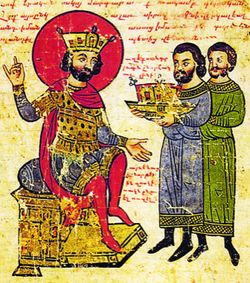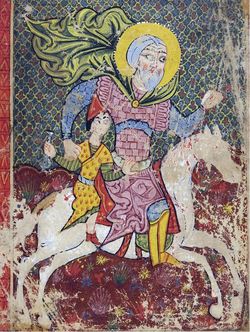Project goals
This project will have three Research Streams each with its own objectives. RS1 will focus
on the analysis of material culture, specifically glass, ceramic and iron objects discovered (or
to be uncovered in the case of Dvin) through excavation campaigns of two significant
medieval urban centres and production hubs – Ani and Dvin – in light of production
techniques and technologies attested from such major centres as Aleppo, Mosul, Cairo,
Damascus, and Tabriz. Based on the results of archaeometric analysis, RS1 will then trace
the circulation of technical knowledge between CAM and Afro-Eurasian centres,
contributing to a better understanding of entanglements and the possible role of Armenian
communities or individuals therein. RS2 will take into consideration Armenian manuscripts
and their illuminations created in Cilicia, Cyprus, and Crimea exploring new artistic styles
and subjects aimed at representing emerging élite identities and their legitimation of power
through art.

The impact of these novelties on the manuscript production in CAM will yield
information on the dynamic connection between the ‘diasporas’ and the ‘homeland’ of the
Armenians. The mobility of the Armenians implied the mobility of hagiographies and the
cult of the saints. This will be the subject of RS3, which, among others, will investigate the
connection between the cult of the saints and the creation of group cohesion or
differentiation in Armenian diasporic communities of Cilicia, Egypt, and Crimea.

All three RS will advance our understanding of multi-faceted notions of ‘Armenianness’ as it evolved in
different temporal, geographical and socio-political settings, but also engage in critical
discussions on the concept of ‘diaspora(s)’ in the medieval period and interactions between
the ‘diaspora(s)’ and the ‘homeland(s)’, problematizing these terms and deepening the
current state of research on these concepts and their nuances.
Last update
28.09.2023
